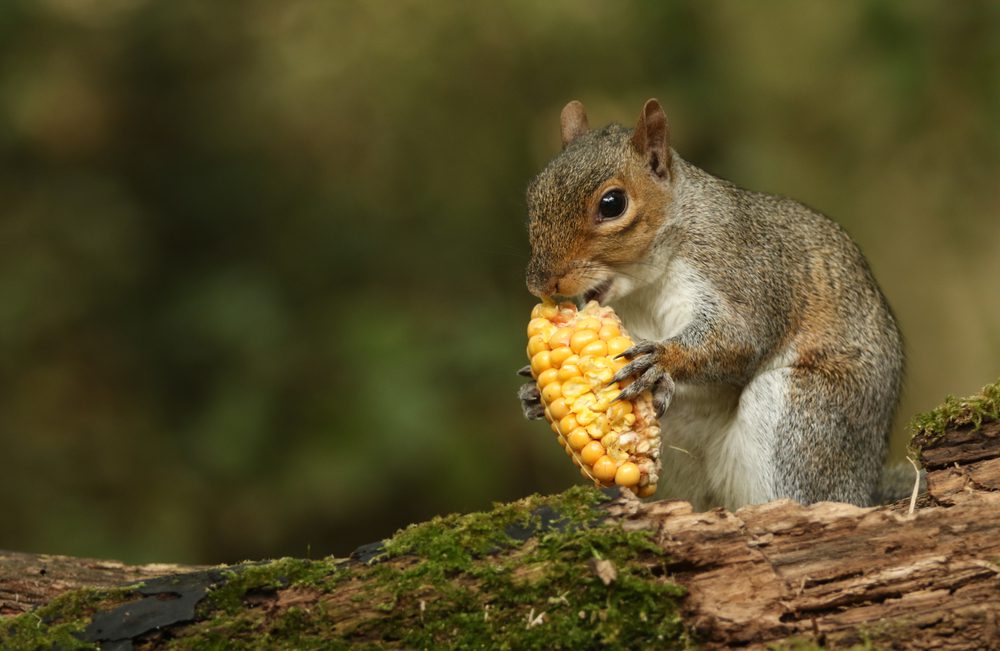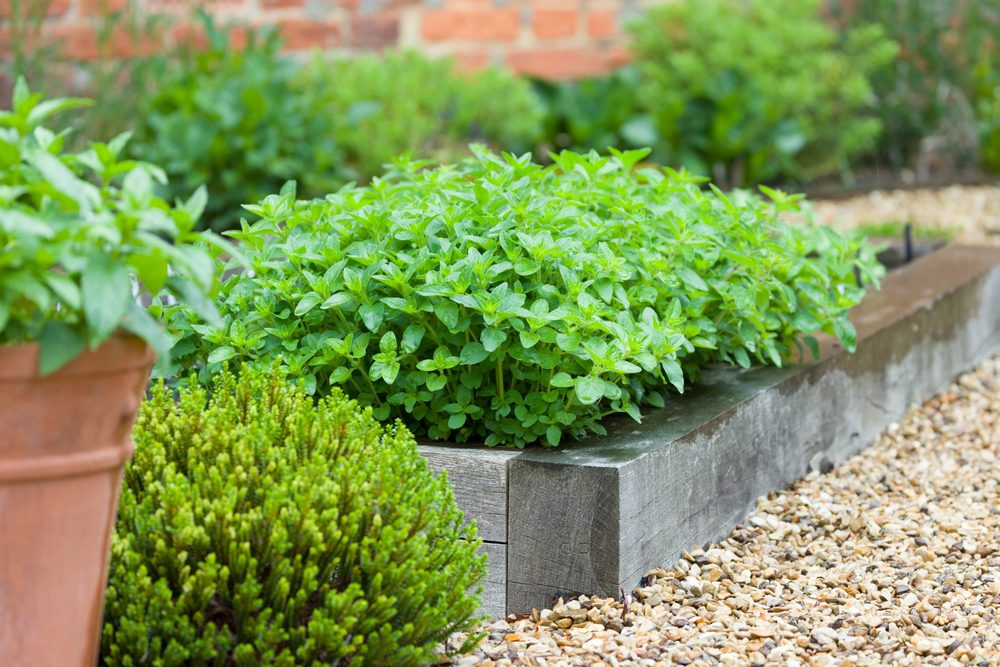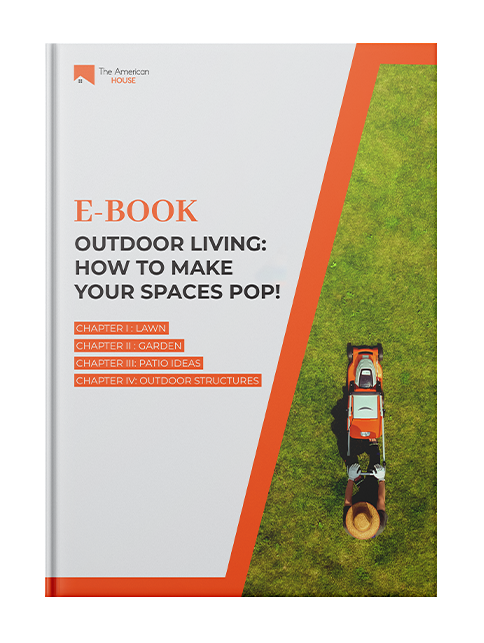
Bonus: Here are some important things you should be aware of
If you plan on growing edible landscaping alongside your ornamentals in the garden, stay away from commercial herbicides and pesticides. They normally use chemicals that humans shouldn’t consume.
You should also use an organic fertilizer that’s marked safe for edible landscaping. And remember to pass on compost made with plants that were treated with chemicals.
Another important aspect to keep in the back of your mind is that some plants are just too irresistible for a hungry animal to stay away from. Avoid edible landscaping with veggies from the following:
Corn: This deliciously sweet vegetable can be a unique ornamental grass. But raccoons and squirrels love nothing more than to climb those long corn stalks and nibble on the cobs. They’ll even bend them to the soil in the process. Corn is also a plant that will flourish when it’s planted in numerous rows, which doesn’t really work well in a backyard type of setting.
Peas: The young tendrils and pods of peas tend to attract all sorts of unwanted wildlife. You can try to disguise your peas by interplanting them with some other more animal-repellent plants, like onions and lavender. This may work if there are other suitable things in that zone for the wildlife to eat, but we can’t promise anything.
Which of these stunning edible landscaping options will you be adding to your garden? Let us know in the comments below!
And if you liked this article, we think you’ll also enjoy: 12 Simple Landscaping Mistakes Professionals See All the Time





